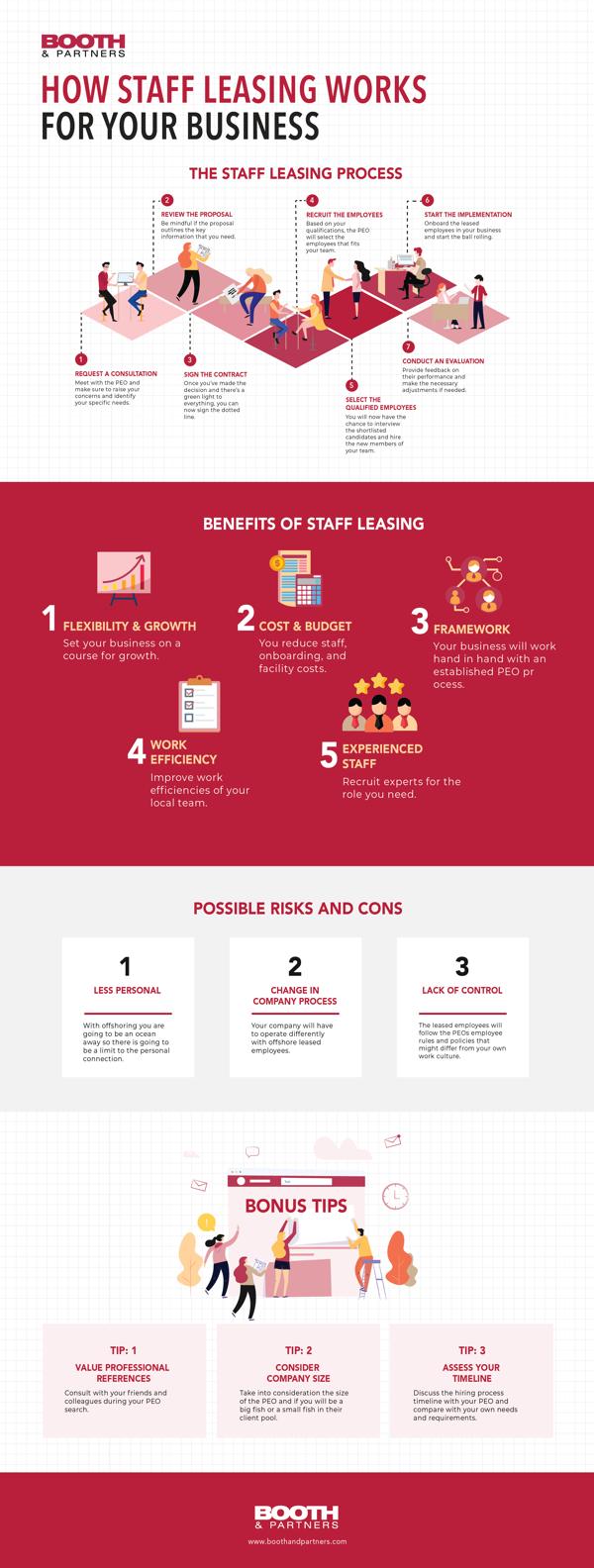
Makati City, Philippines – [June 26, 2023] – More organizations are now fast-tracking their digitalization of products, services, and operations and migrating applications to the cloud. This is to realize more flexibility and scalability, enhanced agility, better availability and business continuity, and fast deployment and provisioning.
Because of this, the International Data Corporation’s report revealed that Southeast Asia’s Public Cloud Services market will generate at least $11 billion by 2025. In the Philippines, GlobalData estimated a $2.8 billion growth in its cloud market by the same period.
With the growing adoption of cloud technology, how can Philippine organizations secure their applications residing in the digital space to protect their businesses?
Understanding application workflows
Most people involved in the digitalization efforts lately believed that application workflows moved in one path, which is from a physical on-site area to a digital location or the cloud. However, application workflows can become more dynamic when they can be housed at any location, such as in the data center, hybrid or multi-clouds, or edge computing.
Benefits and risks of fluid environments and cloud adoption
With applications being able to reside anywhere due to the digital movement, organizations can enhance their customer experience, performance, and cost optimization, among others. While this situation delivers a wide array of benefits, it also provides challenges for CIOs and CISOs.
For instance, one of the upsides of embracing fluid environments is that it gives businesses the required flexibility for cloud adoption. Such environments also generate new value for customers and fast-track the return on investment (ROI) of the entity’s digital assets.
However, applications in various locations increase the organization’s attack surface. This puts a strain on cybersecurity teams as they exert more effort to secure all the business’s networks and locations. In addition, an expanded attack surface delivers more operational complexity, increased cloud platforms and tools, visibility gaps, and accidental multi-clouds.
Factors affecting cloud adoption
Aside from the mentioned challenges, the 2023 Cloud Security Report by Fortinet and Cybersecurity Insiders revealed that the biggest barriers for organizations to adopt cloud technology are the lack of qualified staff (37%), legal and regulatory compliance (30%), data security challenges (29%), and the integration with existing IT environments (27%).
While more organizations are still moving their applications and workloads to the cloud to realize the promised business outcomes, others are backing out as they deem that certain apps function more efficiently on-site or in the data center. On the other hand, some businesses are utilizing edge computing to support their requirement for greater performance and lower latency. There are organizations also that adopt hybrid cloud or multi-cloud.
Challenges of protecting applications
With application deployment, every organization is at a different level. Even without knowing where their application workflows will end up, each company faces the same challenges. This ranges from managing applications residing in various locations, rapidly pushing for cloud acceleration, utilizing edge computing architectures, and putting applications and data in local clouds to enhance user experience, reduce costs, and increase performance, up to cloud security misconfiguration, and more.
As these challenges result in misconfigurations, operational complexities, visibility gaps, and inconsistent strategies, organizations are vulnerable to cyber threats in the digital space. On top of that, businesses are also experiencing a shortage of personnel with cybersecurity skills.
Securing applications with a cybersecurity mesh platform
Protecting application workflows is essential as businesses rapidly continue their digitalization efforts. However, with vital applications that need protection both in the cloud and on-premises, organizations must consider a strategy that involves utilizing flexible, well-integrated, and robust cybersecurity solutions backed by a broad, consolidated, and automated cybersecurity mesh platform. This is to achieve consistent security for applications residing in the cloud and even on-premises.
“Applying a cybersecurity mesh platform approach provides businesses centralized visibility, automation, and management to secure their application workflows across various locations. Because of this, security teams can take advantage of intelligence sharing to quickly respond to cyber threats. With this, organizations can decrease the effect of the skills gap, improve the security team’s effectiveness, and enhance efficiencies,” said Alan Reyes, Country Manager of Fortinet Philippines.







